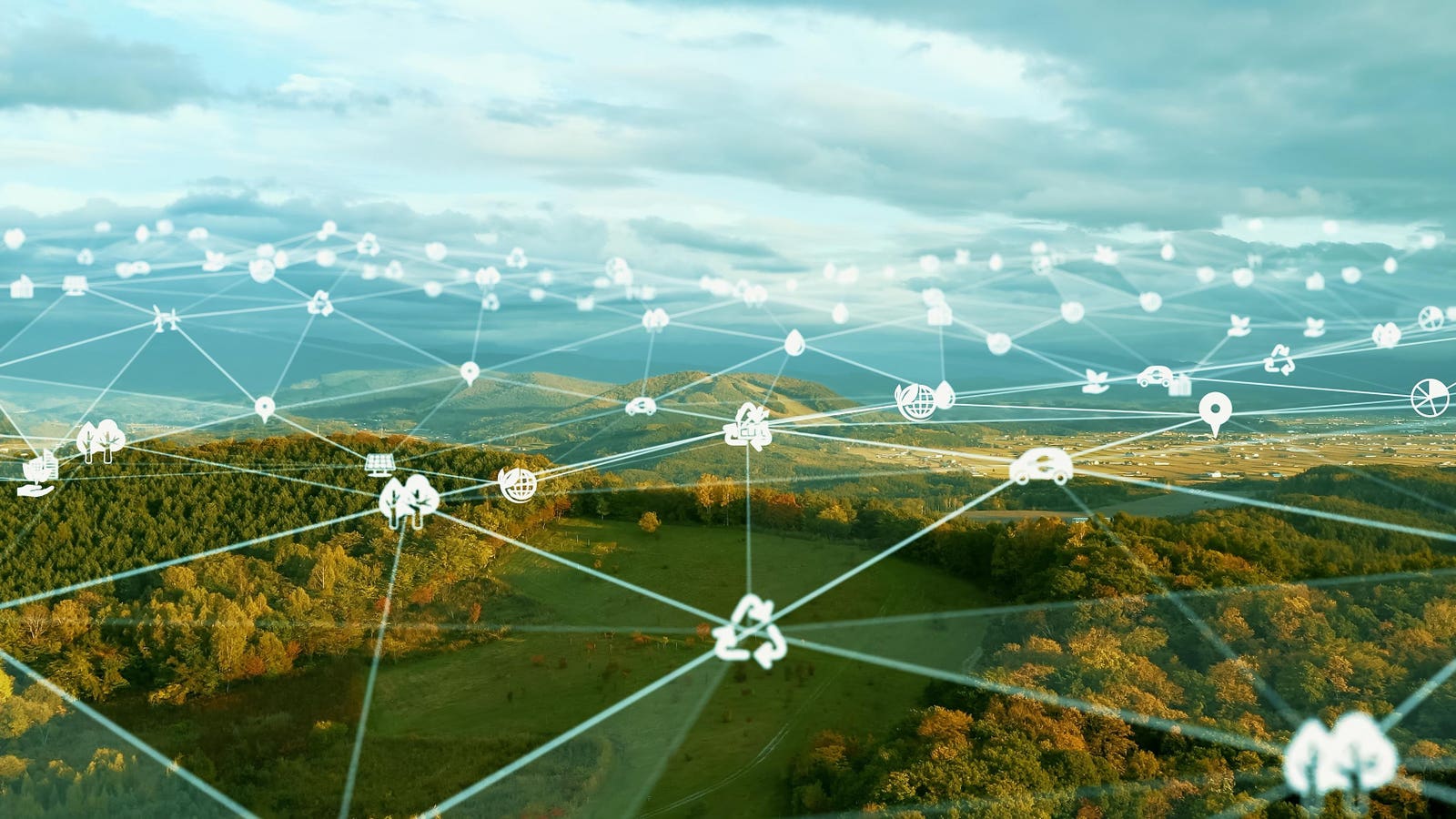
As the world races towards achieving net-zero carbon emissions, a profound transformation is underway across various sectors, including cybersecurity. The convergence of sustainability goals and digital security poses both challenges and opportunities. Let me explore the implications of a net-zero world on cybersecurity and the strategies necessary to navigate this evolving landscape.
Sustainable Infrastructure and Cybersecurity
The transition to a net-zero world involves the widespread adoption of energy-efficient technologies, smart grids, and renewable energy sources. This shift necessitates the deployment of sophisticated digital infrastructures that integrate energy management systems with cybersecurity measures.
Smart grids, powered by the Internet of Things, enhance energy efficiency by optimizing the generation, distribution, and consumption of electricity. As data centers consume substantial energy, there is a push toward the implementation of renewable energy sources and advanced cooling technologies to reduce carbon footprints.
However, the increased connectivity also broadens the attack surface. Cybersecurity strategies must evolve to protect against threats targeting these interconnected systems, ensuring the reliability and resilience of both physical and digital assets.
Reliance on diverse suppliers for renewable energy components and digital solutions heightens supply chain risks. Ensuring the security and integrity of the supply chain is paramount to preventing disruptions and safeguarding against cyber espionage.
The adoption of blockchain and AI for energy management introduces novel attack vectors. Cybersecurity strategies must account for these emerging technologies, leveraging AI for threat detection and response while securing blockchain implementations against tampering and fraud.
Global Collaboration for Secure and Sustainable Infrastructure
Governments and various non-profit bodies are increasingly emphasizing the importance of technology in achieving sustainability goals.
In 2023, the United Nations announced the Climate Action program, which encourages governments, businesses, financial institutions, centers of innovation, communities, and non-profit organizations to take joint action to come up with new technologies and accelerate the shift towards sustainable infrastructure. For example, Design Your Climate Action is the latest international competition developed by the philanthropic educational initiative BE OPEN and its partners. It is open to all students and young professionals who specialize in the fields of security, design, architecture, engineering, and media globally. The competition aims to encourage the creation of innovative solutions for a more prosperous and sustainable future.
Evolving regulations are critical for organizations aiming to align with net-zero objectives. Adherence to new international cybersecurity standards ensures a robust security posture. Organizations must integrate these standards into their sustainability frameworks. Compliance with data protection regulations, like the General Data Protection Regulation, is also essential to maintain user trust and mitigate risks associated with data breaches.
Adapting Cybersecurity Strategies for Sustainability
Adapting cybersecurity strategies for sustainability is crucial in today’s environmental landscape. Here are several helpful tips to achieve this:
- Opt for data centers that utilize cutting-edge, energy-efficient technologies like renewable energy sources and advanced cooling systems.
- Invest in energy-efficient hardware and ensure regular maintenance to maximize their lifespan and performance.
- Implement server and desktop virtualization to reduce the physical hardware required, thus lowering energy consumption.
- Develop and use lightweight software that requires less computational power and resources.
- Regularly review and optimize code to ensure it runs efficiently, reducing unnecessary processing and energy use.
- Cloud providers often have more resources and infrastructure to implement sustainable practices. Using cloud services can offload energy-intensive tasks from local servers. Utilize the scalability of cloud solutions to ensure resources are used efficiently and scaled up or down based on demand.
- Establish and enforce green IT and security policies within the organization to encourage and maintain sustainable practices. Adhere to sustainability standards and regulations like ISO 14001.
- Choose vendors and products that prioritize sustainability in their supply chain and manufacturing processes.
- Use AI and automation to optimize cybersecurity processes, minimizing manual intervention and improving efficiency.
- Implement strategies to optimize network traffic and reduce unnecessary data transfers, which can save energy.
Strategies for a Secure and Sustainable Future
To thrive in a net-zero world, organizations must adopt comprehensive cybersecurity strategies that align with sustainability goals. Key approaches include:
- Perform comprehensive risk assessments to pinpoint potential vulnerabilities in both digital and physical infrastructures. Implement robust risk management frameworks to mitigate identified threats and enhance resilience.
- Foster collaboration between stakeholders, including government agencies, industry partners, and cybersecurity experts. Sharing best practices and threat intelligence enhances collective defense mechanisms and strengthens the overall security posture.
- Invest in the research and development of innovative cybersecurity solutions that are customized for sustainable infrastructure.
- Promote cybersecurity awareness and training programs for employees, emphasizing the importance of secure practices in achieving sustainability goals. An informed workforce is a critical line of defense against cyber threats.
- Establish continuous monitoring to ensure ongoing surveillance of digital environments.
- Develop an incident response plan (IRP) with clear instructions for addressing security breaches. Regularly test and update this plan to ensure it remains effective against the latest threats.
- Engage in continuous improvement processes to refine cybersecurity measures. Regularly review and update security policies, tools, and strategies to adapt to the evolving threat landscape and technological advancements.
Conclusion
The journey towards a net-zero world presents unique challenges and opportunities for cybersecurity. By adopting a proactive and integrated approach, organizations can secure their digital and physical infrastructures while contributing to global sustainability efforts. The future of cybersecurity in a net-zero world hinges on collaboration, innovation, and a steadfast commitment to protecting our interconnected, sustainable future.